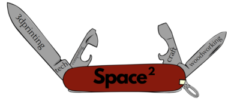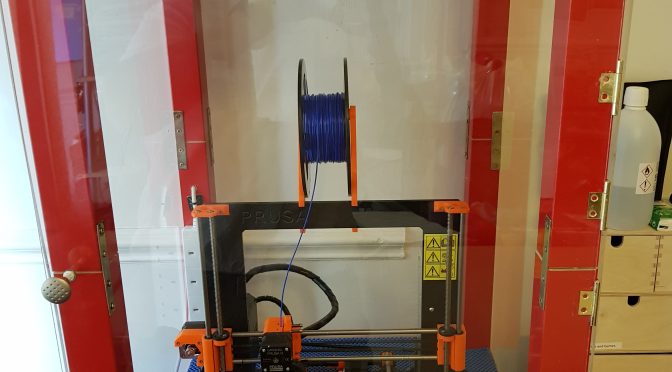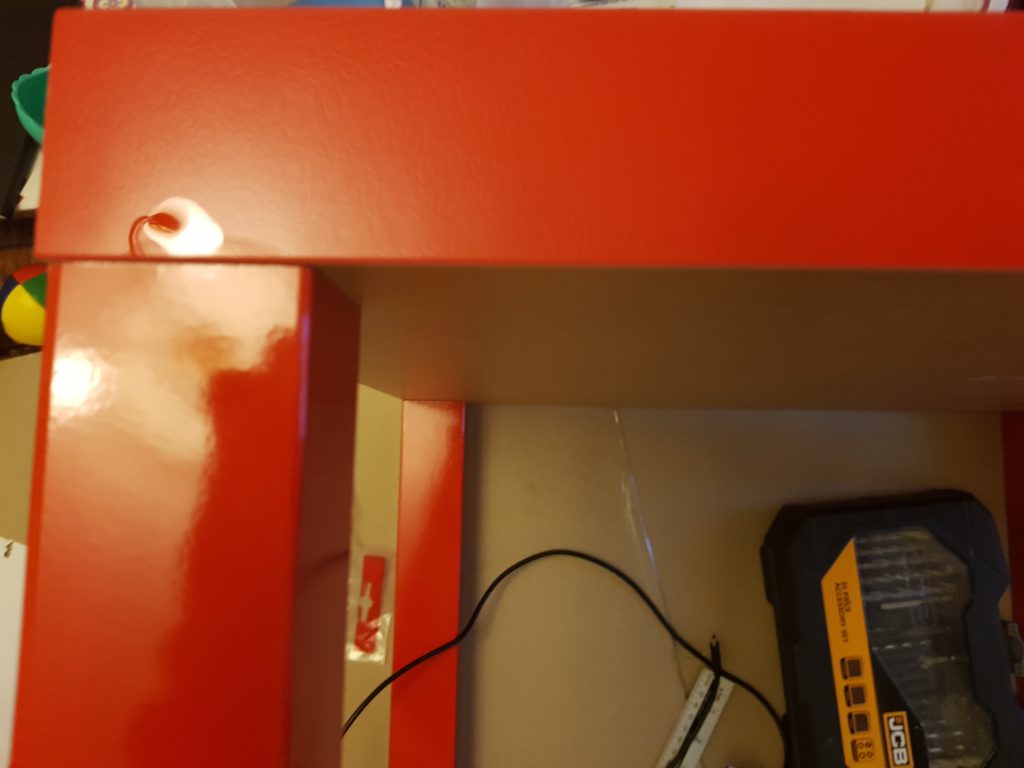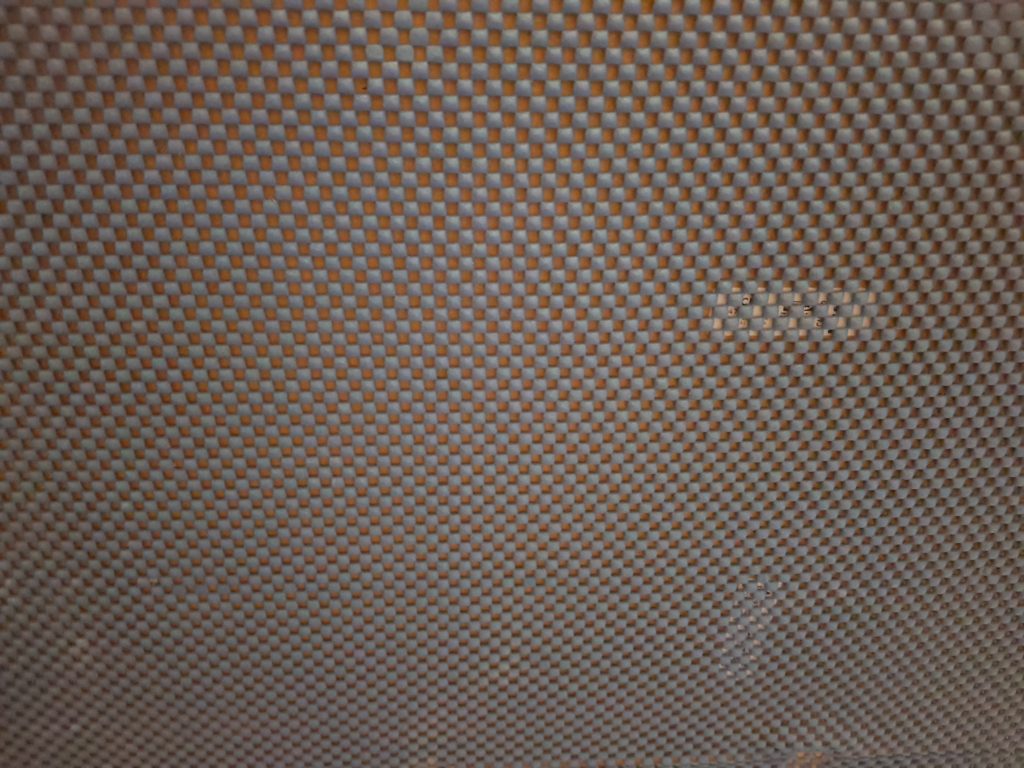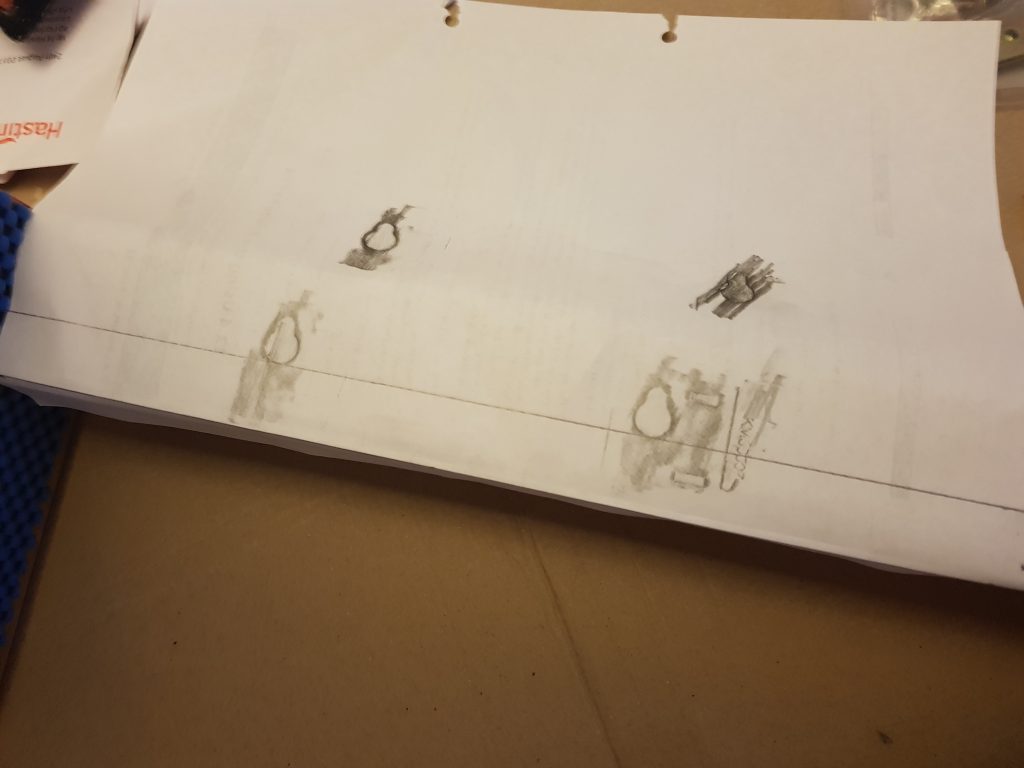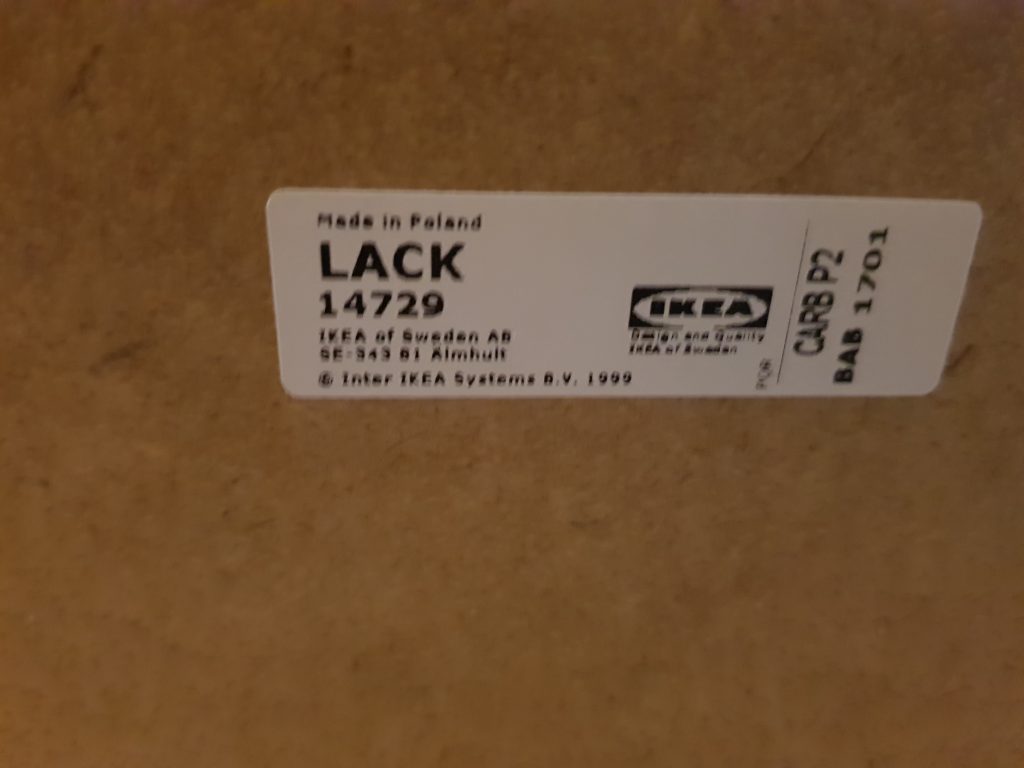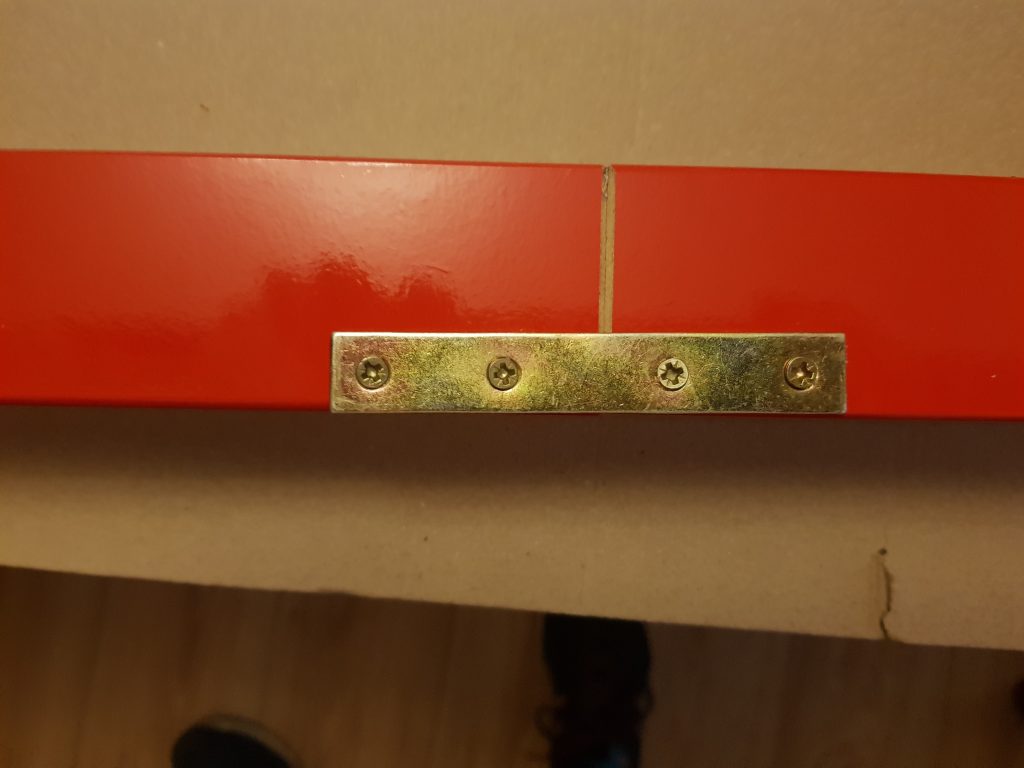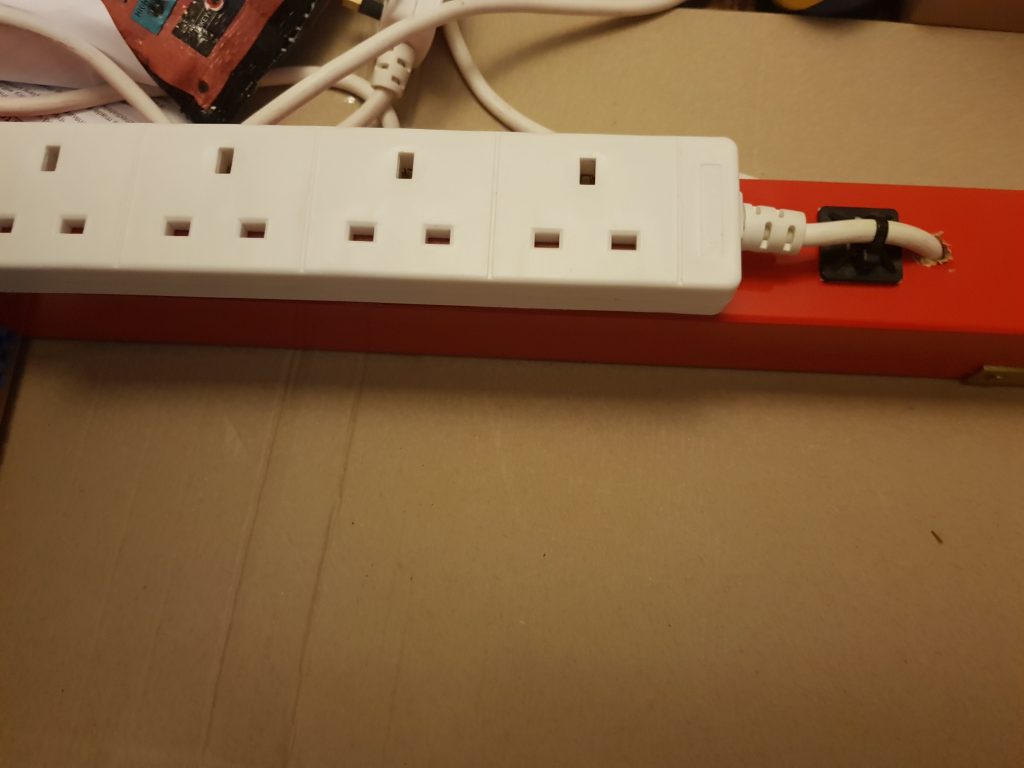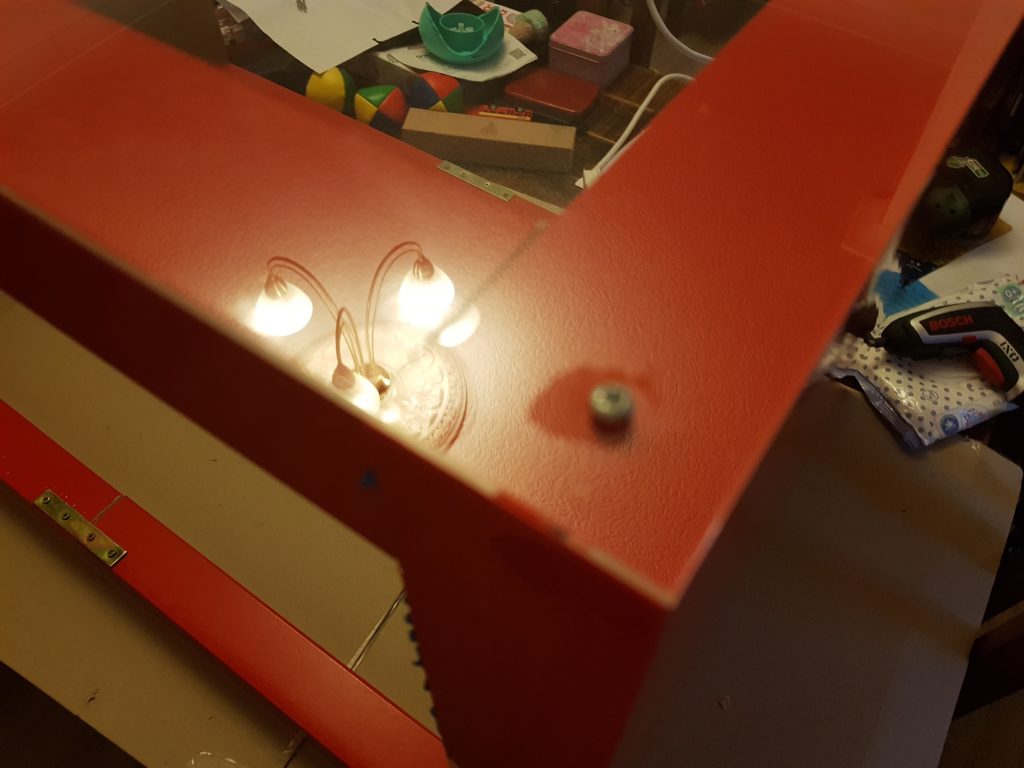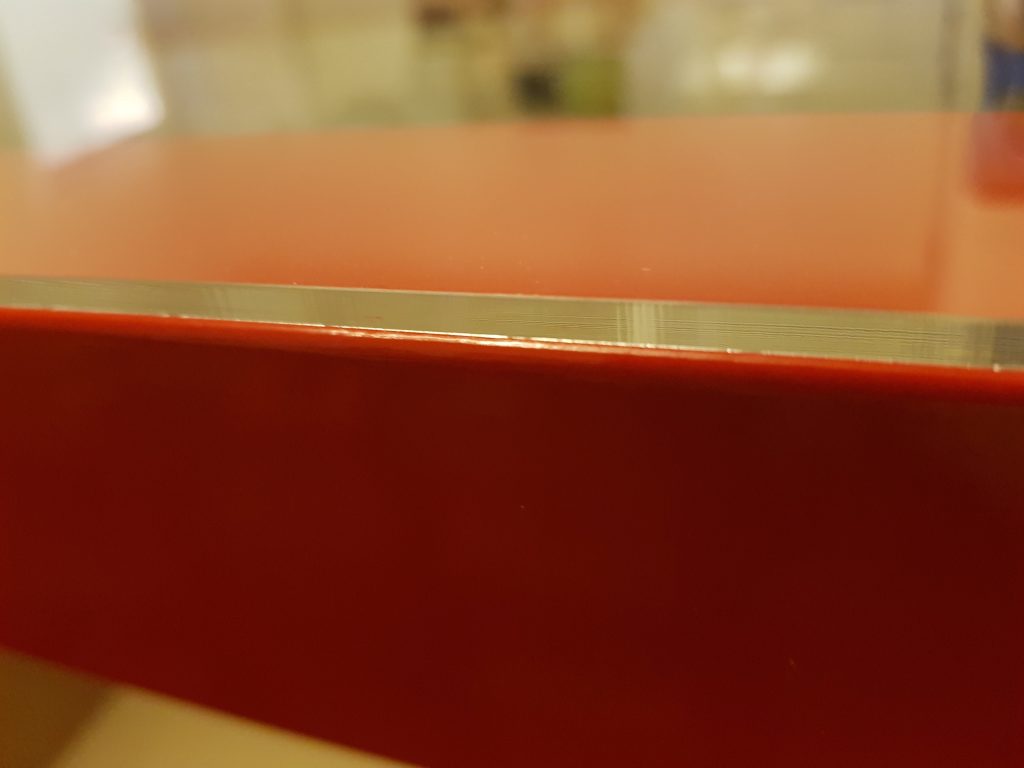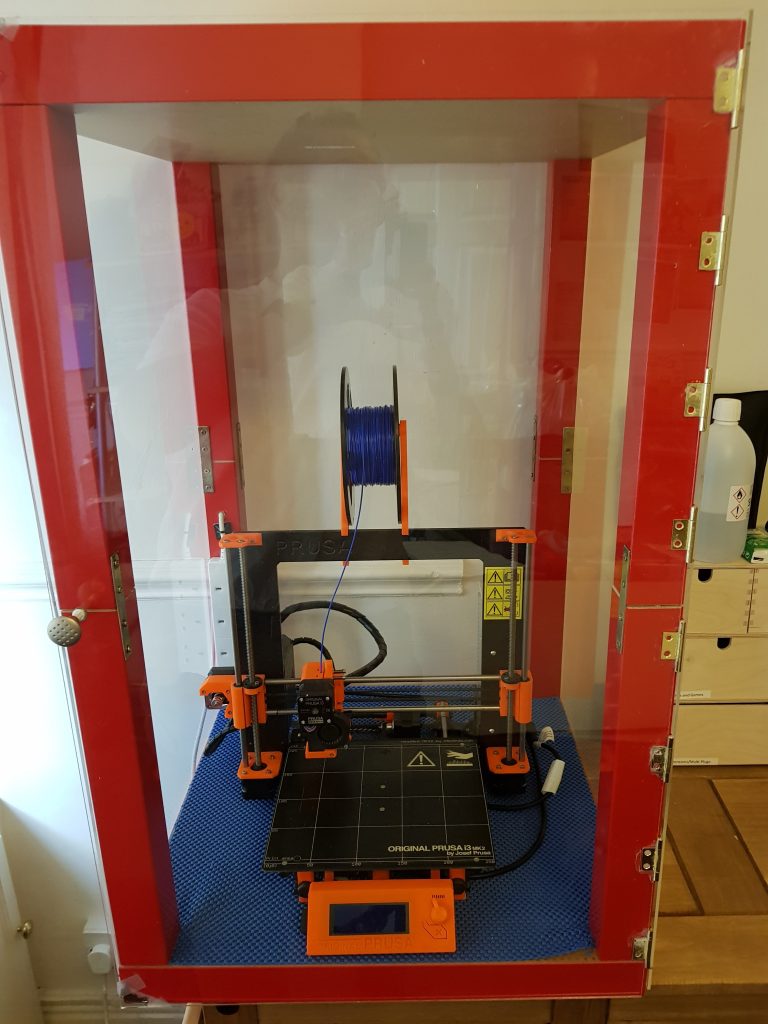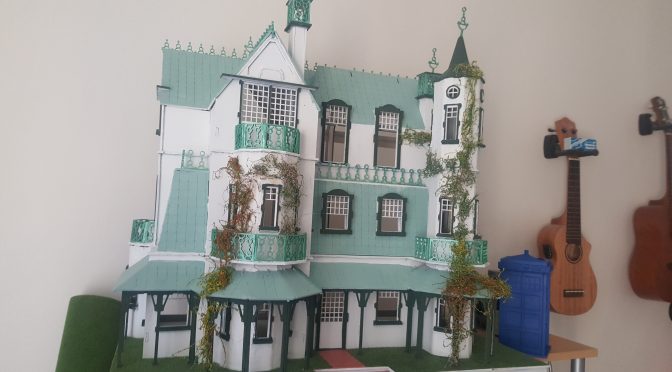The second blog post of September, and actually the second of this evening, concerns a recent build of an electronic item I did with my son (#1Son, Ben).
I managed to pick up the Google AIY Hat for the Raspberry Pi with MagPi for a very affordable £5 and Ben and I decided to build it together and to video it for our YouTube channel.
The build was complemented by printing a box from a design on Thingiverse instead of using the cardboard one. Rather than say too much more I have copied the video link* (and you can also play the video below) so you can view it without leaving this page.
If you like the video please give us a thumbs up, and if you have constructive criticism then please feel free to comment.**
The build was super easy to do and they are accepting advance requests for contact if they release a future version of the hat, I recommend you get one as they are well built and fun to play with and have a lot more applications than the standard one we put it to.
As always I wouldn’t be doing this if I didn’t have so much support and encouragement from my LAMM peeps, thanks guys, and especially, as always, to TBSliver who is always there with advice and support. He gets a big shout out and lots of free dinners at my house ;P.
* https://www.youtube.com/watch?v=ewaQNu_3Mys&t=38s
** A part of me says that if you have negative or destructive personal criticism then I should probably know what it is or alternatively you can write it on a piece of paper and place it under a rock on Mars for me to find when I decide to be a Spaceman in some alternate reality :). I really would like to hear any good criticism, positive or negative that helps me in the future.***
*** Obviously, and I shouldn’t need to say this but a small part of me realises this goes to YT and Twitter as well so has to add this caveat, if you have any criticism of Ben then do the decent thing and keep it to yourself, children have far more impressionable egos :P.
